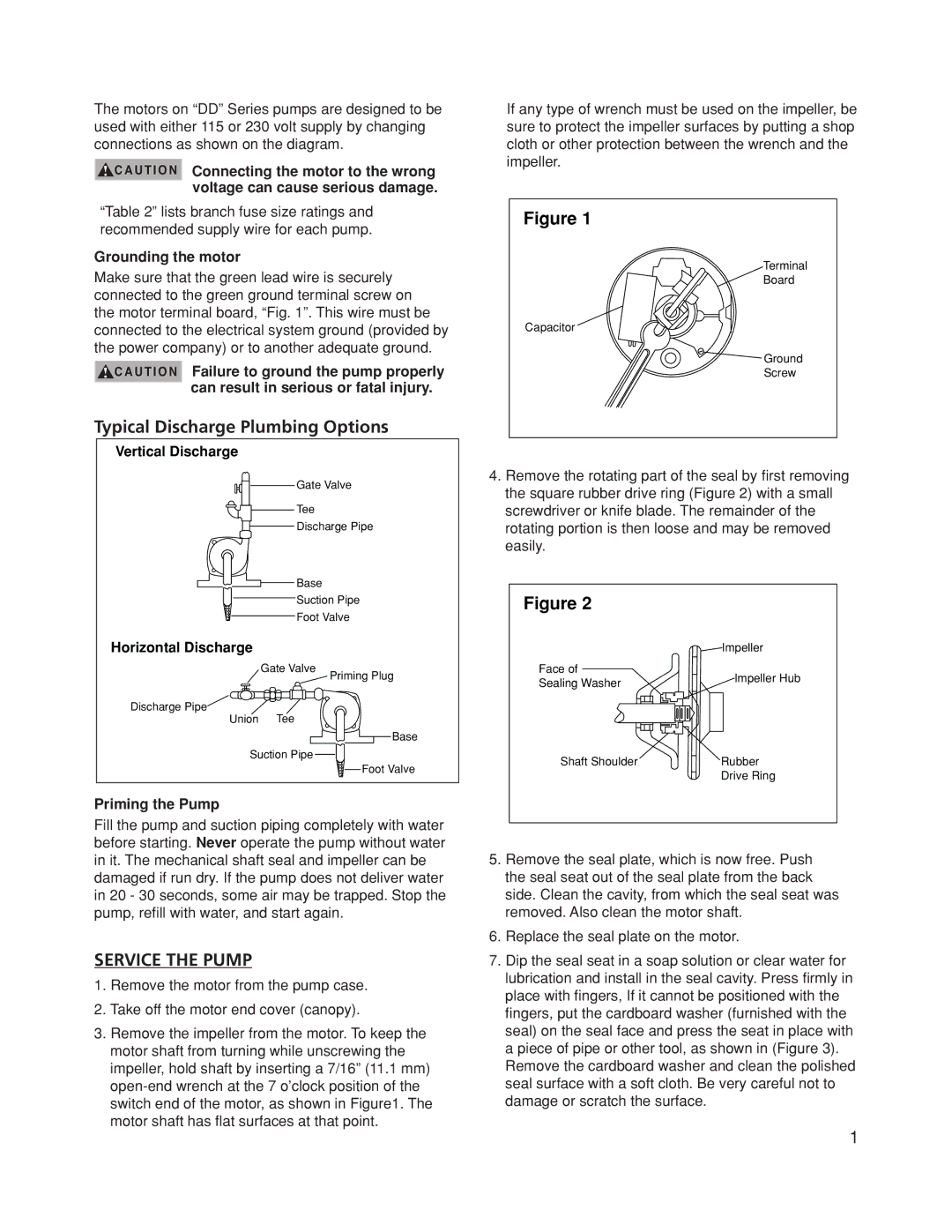DDS Series, DDD Series specifications
The Franklin DDD Series and DDS Series represent a pivotal advancement in the landscape of industrial automation and control systems. Designed specifically for demanding operational environments, these series integrate cutting-edge technologies to deliver high performance and reliability.The DDD Series is recognized for its robust design that caters to diverse industrial applications. A standout feature of the DDD Series is its ability to function seamlessly in harsh conditions, including extreme temperatures, humidity, and dust. This durability is complemented by advanced connectivity options, such as Ethernet/IP and Modbus, which facilitate integration into existing industrial networks, making it suitable for both new installations and retrofits.
One of the defining characteristics of the DDD Series is its versatility. The series includes various models equipped with diverse output options, including relay, analog, and digital outputs. This enables users to tailor their systems to meet specific automation requirements efficiently. Additionally, the DDD Series supports flexible I/O configurations, allowing users to expand their systems easily as their operational needs evolve.
On the other hand, the DDS Series is tailored for precise data acquisition and processing. With a focus on real-time monitoring, this series is ideal for applications requiring stringent performance metrics. Key features of the DDS Series include high-speed data logging capabilities, facilitating the capture of critical information necessary for performance analysis and optimization. The series is also equipped with intuitive user interfaces that simplify the monitoring process, enabling operators to access data promptly and make informed decisions.
Both series leverage state-of-the-art technologies, including machine learning algorithms and artificial intelligence. These integrations allow for predictive maintenance, which significantly reduces downtime by anticipating potential failures before they occur. Furthermore, cloud connectivity options enhance data management by allowing for remote access and analysis, fostering a proactive approach to system monitoring.
In summary, the Franklin DDD Series and DDS Series exemplify excellence in industrial automation. With robust design, advanced connectivity, and intelligent data processing capabilities, these series are indispensable for businesses looking to enhance efficiency, reliability, and performance across their operations. Whether for environmental resilience or precise monitoring and data analysis, these systems are designed to meet the evolving challenges of modern industry, making them essential tools for enhancing productivity and operational excellence.

